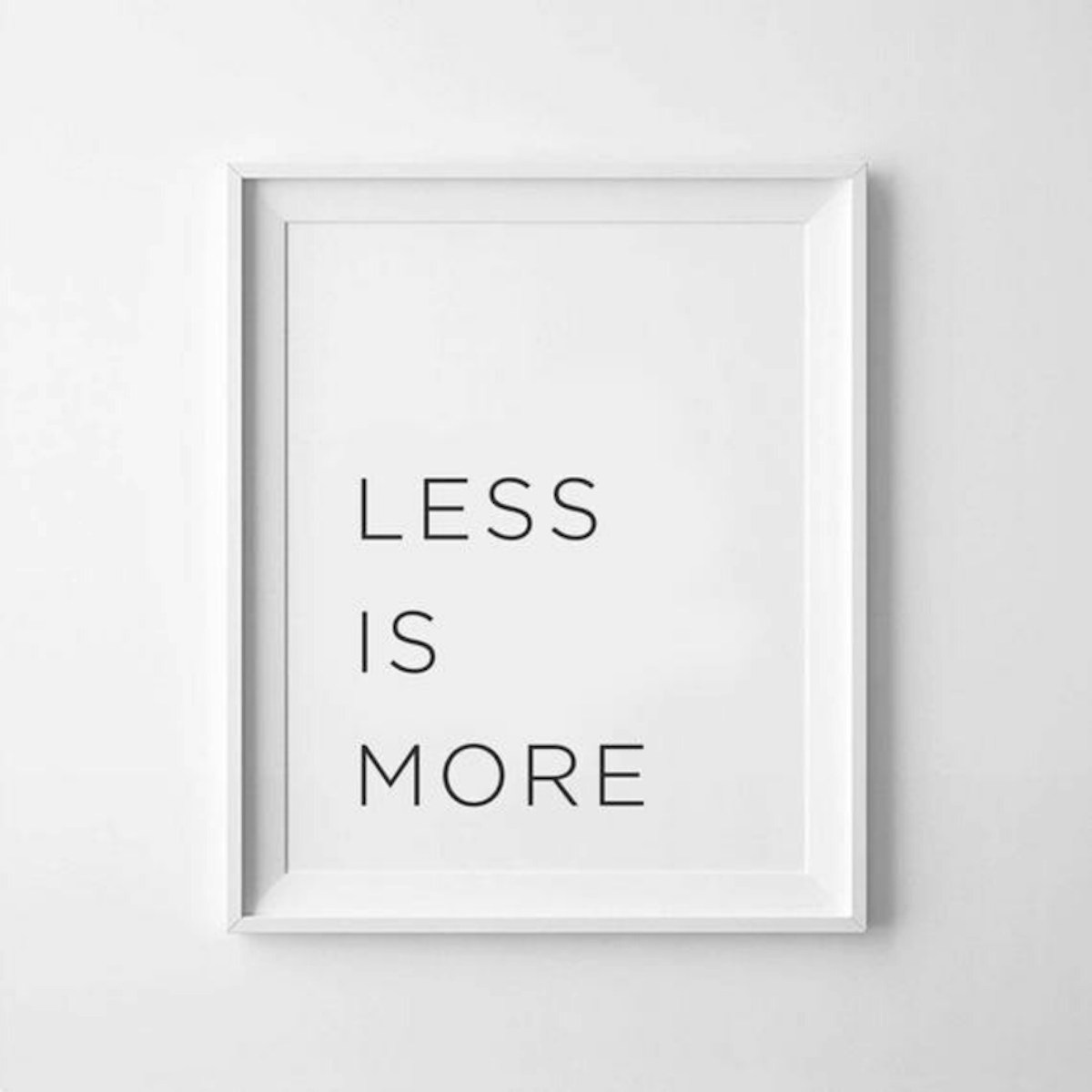
Are you doing and trying to say too many things?
Chances are, the brand you work on or the client you work with is saying too many things.
It's also the same with doing too many things. All too often, I have conversations with people who say they're so busy, but when I ask what the key objectives this year, quarter, or month are and how they are progressing in achieving them, the long pause that follows and the reminder of how busy they are don't provide an answer.
It's a societal norm, isn't it? We live in a world where busyness and long to-do lists are often celebrated.
Without a few key objectives and key tasks to deliver them, you can very easily find yourself busy but not really getting anywhere.
Most brands, big and small, try to do too many things in marketing and communications.
This might be because the promotional P is their main focus or, in some cases, the only one, so lots of activity, campaigns, and chopping and changing help fuel the busyness.
It's usually the P agencies are focused on, so lots of work there helps pay the bills because, unfortunately, billable hours are their currency.
The mass of things, campaigns, and communications doesn't help the business—certainly not as well as it could.
Case in point.
A big advertiser with lots of money spends $30,000,000 annually on advertising.
One of its smaller competitors spends $5,000,000 and is making huge inroads from a switcher and brand health perspective.
But why?
The big brand has lots of money, a big marketing team, lots of people to keep busy, and agency partners who like being busy, so it makes lots of campaigns and is running 45 different campaigns, all about different things that don't all feel like the same brand is communicating.
The smaller brand communicates about three things all year, and it's clearly them doing the talking.
Forget the quality of the creative for a minute, and let's give the rough numbers some thought.
- $30,000,000 / 45 = $666,666 per campaign.
- $5,000,000 / 3 = 1,666,666 per campaign.
There is a good chance that those three campaigns had greater reach, scale, and impact, therefore greater attention, which led to better results because they had more support and time in the market.
You might be thinking, "I wish I had $5,000,000." No matter the budget, nearly every brand says too many things. I fully appreciate the economics of this and the volume of work matters for many livelihoods.
What would be better, though, and this is in large part because of four truths.
- The more you say, the less that's remembered.
- Your intended audience usually cares very little about you and what you have to say.
- Most advertising is completely ignored by its intended audience.
- Therefore, a lot of media investment is wasted.
Saying less is nearly always so much more!
Pay a brilliant strategist to link the customer problem to the business problem, find an insight, a hidden truth, that shows the problem in a new light, and then devise a strategy to position the product/service as the best choice for the potential customer.
Find brilliant creatives and pay them accordingly for their brilliant ideas that will garner attention and ensure you aren't ignored.
Pay savvy media planners and buyers to amplify that idea across channels, creating reach, scale, impact and, therefore, greater attention.
Then, use a research partner to help track your performance.
Do fewer things and ensure each one is as good as possible. Spend greater time, investment, and resources on diagnosis, strategy, and creativity.
Ask yourself.
What is the one fantastic thing we could say to out-of-market audiences to ensure they think of us when they are next in the market?
Run that consistently for years.
How do we make ourselves visible at the points people enter the market, and what are the 1-2 things we could say to make us more attractive than our competition?
What is the most important thing we can say for those looking to buy now to convert more people? (try to avoid discounts).
That's three to four things. I appreciate that in your business, you may have a few more things to talk about, but getting closer to three to four would be better.
Do less. Make each brilliant, and then spend as much as possible to reach as many people as possible. Better results will follow.
